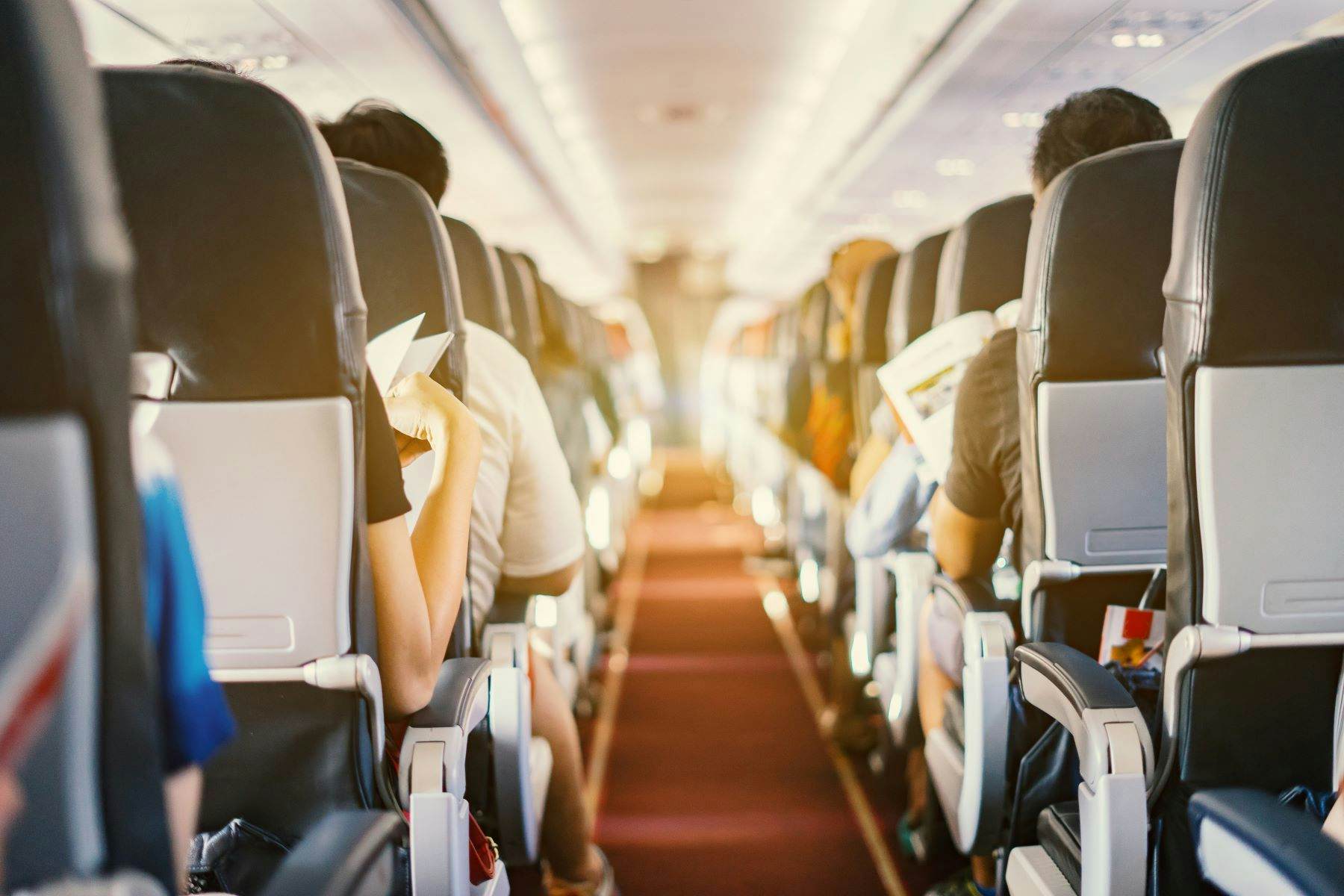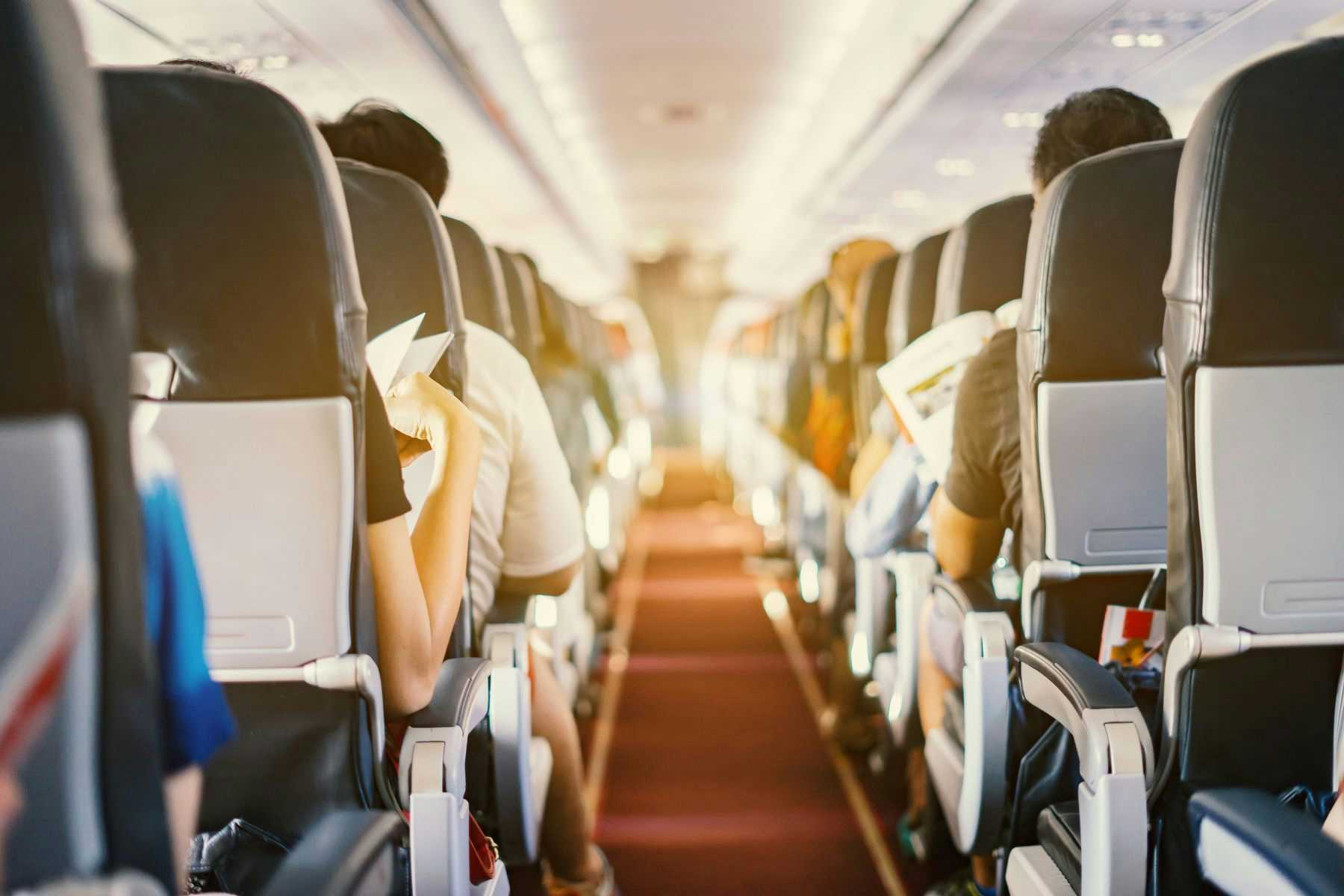What Happened?
Shortly after taking off from Oregon’s Portland International Airport (PDX) on January 5, 2024, a Boeing aircraft bound for Ontario, California, was forced to make an emergency landing back at PDX. The cabin in the Boeing 737 Max 9 jet depressurized when a door plug blew off early in the flight, opening up a gaping hole in the fuselage.
A “door plug” in a plane fills the space where an emergency exit door would go if the jet had a different seat configuration. Two pairs of bolts and metal pins and pads primarily secure a door plug on planes.
Terrified passengers report hearing a boom followed by a silence and then feeling a freezing wind blowing inside the jet. One woman had to grab ahold of her 15-year-old son – for dear life -- when the suction started pulling his seat toward the opening. The depressurization tore the kid’s clothing off. Others on the flight carrying 171 passengers clung to each other as they thought they were going to die.
After the alarming incident, the Federal Aviation Administration (FAA) grounded all Boeing 737 Max 9 aircraft, pending the NTBS investigations into the blowout cause. Alaska Airlines and United Airlines revealed they each had discovered loose bolts on door plugs in some of their 737 Max 9 jets.
The Federal Aviation Administration also ordered Boeing to not increase its 737 Max production rate beyond 38 jets each month. The FAA first wants to ensure it is satisfied that Boeing has improved its quality control measures.
In the immediate aftermath, Boeing’s CEO called "the defect that led to this lived nightmare 'our mistake.'
Who Made and Installed the Door Plug?
The Boeing contractor Spirit AeroSystems Malaysia manufactured the door plug used on the Alaska Airlines jet. Spirit AeroSystems Wichita installed and rigged the fuselage before shipping it to Boeing in Renton, WA.
Class Action Filed
Ten passengers so far have sued Boeing and Alaska Airlines for negligence in the King County Superior Court in Washington State, alleging they suffered trauma, fear, and physical pain in the incident. The plaintiffs in this proposed class action seek unspecified damages for the defendants’ alleged negligence.
The complaint includes a product liability claim against Boeing under the Washington Product Liability Act for the "unreasonably dangerous and defective" plane. Plaintiffs state that Alaska Airlines management had determined the aircraft was unsafe for flights over the ocean but continued to use the faulty jet over land.
Daniel R. Laurence and Furhad Sultani of Stritmatter Kessler Koehler Moore represent the passengers. Mr. Laurence said that the Boeing CEO’s "forthright admission that this terrifying event was caused" by his company's "mistake," prompted his clients to seek compensation for their fellow passengers.
NTSB Finds Door Plug Bolts Missing from Alaska Air’s 737 Jet
After its investigation, the National Transportation Safety Board announced on February 6, 2024 that four key bolts were missing from the door plug that blew off the ill-fated flight.
The February 19-page report states that the NTSB did not recover the four bolts that normally would secured the door plug in place. However, the investigators said the damage patterns and a lack of damage on the door panel and plane led them to conclude that the four bolts were missing before the door plug failed.
The watchdog safety board says the four door plug bolts on the Max 9 jet “were removed” at a Boeing factory in Renton, WA and apparently not replaced before the jet was shipped to Alaska Airlines. Boeing records show that workers removed the bolts to open the door plug, also called a panel, so they could repair damaged rivets on the plane’s fuselage. Spirit AeroSystems personnel, Boeing’s contractor, installed the door plug at its Kansas location and later worked on this repair at the Boeing Renton, WA plant. However, the NTSB report does not specify who was responsible for the failure to reinstall the bolts.
After the NTBS released its report, in a statement Boeing’s President and CEO said, “[w]hatever final conclusions are reached, Boeing is accountable for what happened."
Federal Aviation Administration Inquiry
At a February 6th congressional hearing, the head of the Federal Aviation Administration (FAA) said the agency is focused on finding out “what wrong with this airplane?” and “what’s going on with the production at Boeing?" The FAA sent around twenty inspectors to Boeing’s Washington facilities. Six other inspectors are on the scene at the Spirit AeroSystems factory in Wichita which produces the 737 fuselages. The FAA administrator told Congress that it may be necessary to assign inspectors to stay permanently at the factories to closely scrutinize and monitor production and manufacturing.
Not the First Disaster for Boeing’s 737 Max Jets
The recent Alaska door plug incident is not the only 737 Max disaster. Boeing is still reeling from two prior deadly incidents.
In October 2018, a Boeing 737 Max 8 jet plunged into the Java Sea. The crash killed 189 passengers on Lion Air Flight 610. The next year, Ethiopian Airlines Flight 302 crashed, killing 157 people traveling on yet another Boeing 737 Max 8 jet. Investigations placed the blame on Boeing for misleading safety regulators and the public about the jet’s Maneuvering Characteristics Augmentation System. The automated feature affecting the flight control system and is a unique Boeing 737 Max feature. Boeing secured a Department of Justice deferred prosecution agreement in early 2021 after a two-plus year criminal investigation.




